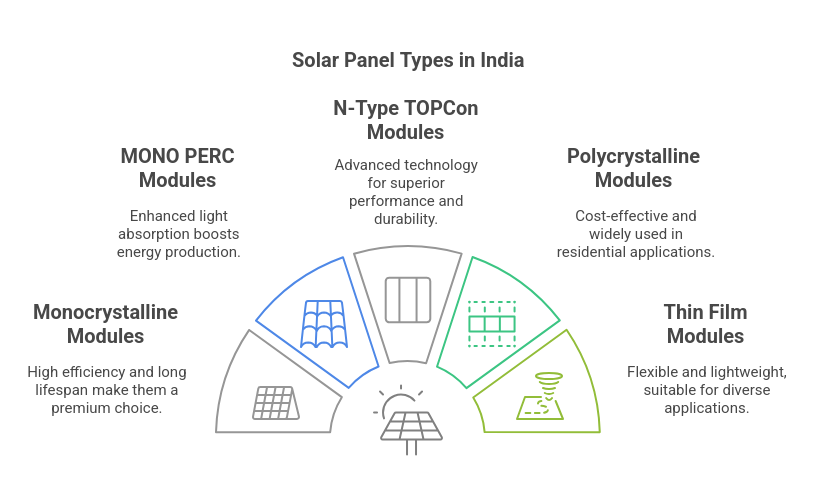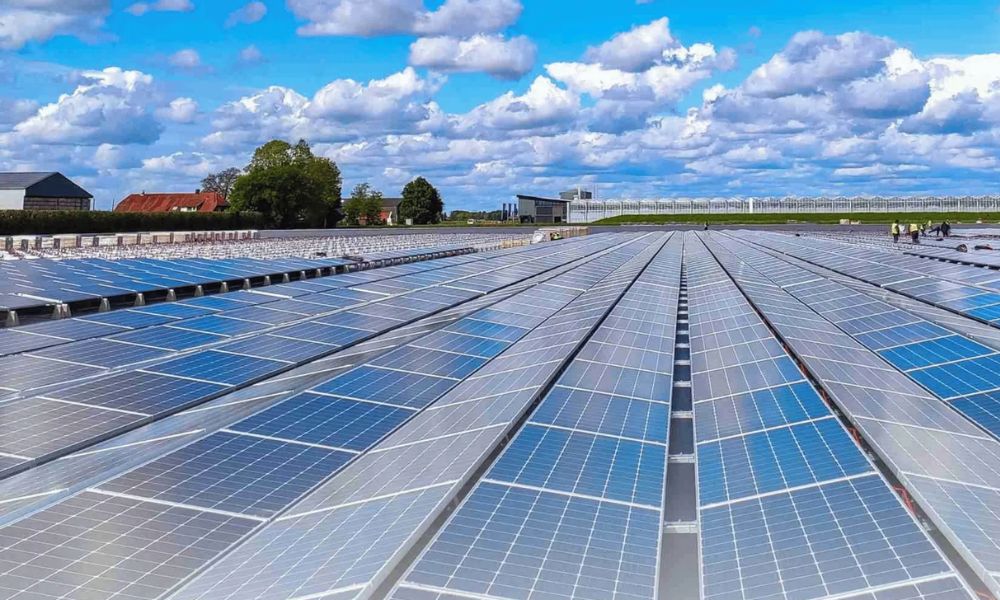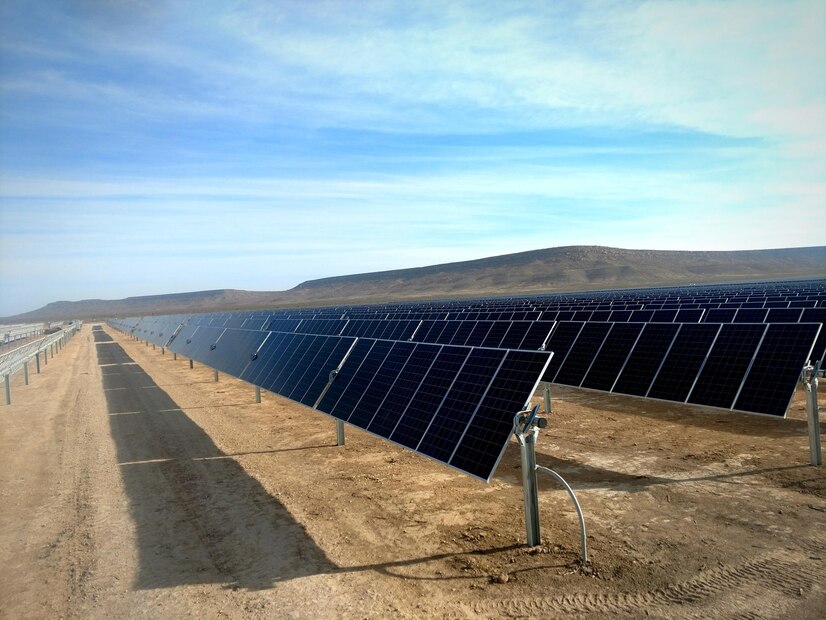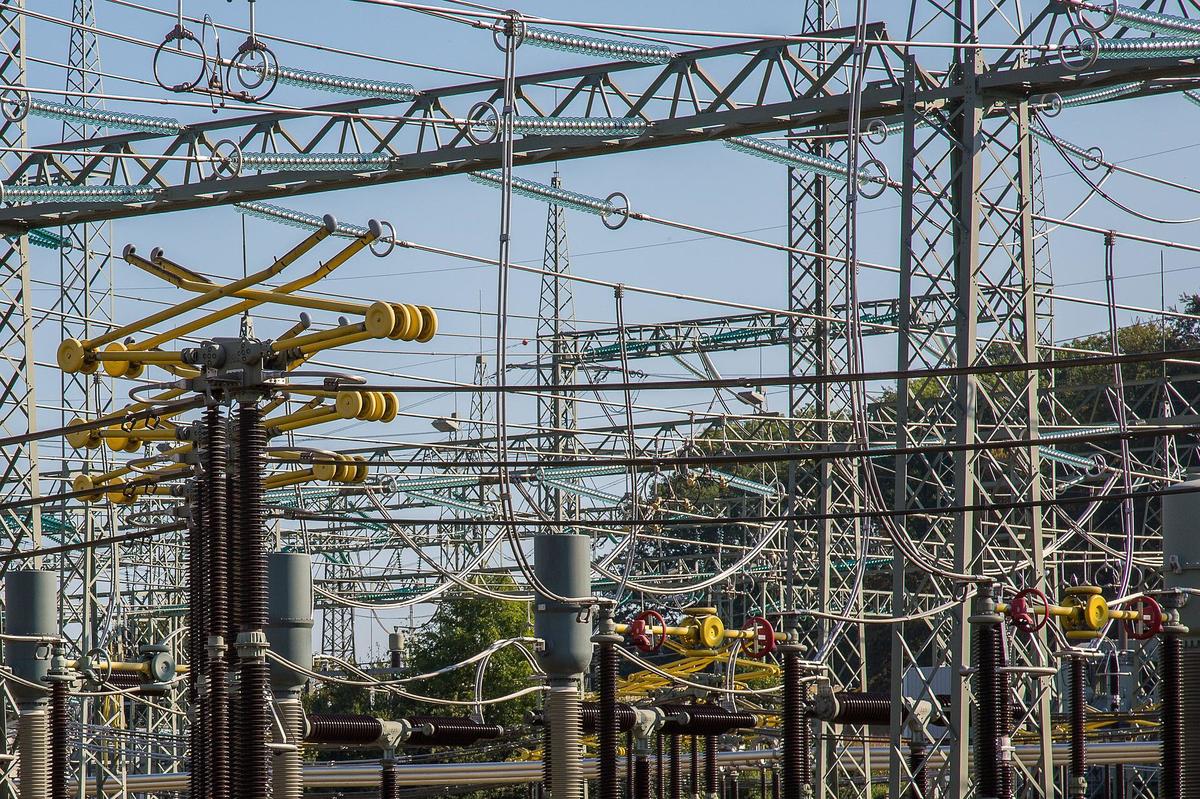The call for sustainable energy solutions in today’s world has never been louder. Amidst growing concerns about climate change and dwindling fossil fuel reserves, solar energy emerges as a beacon of hope. It offers clean, renewable power for generations to come. At the heart of this solar revolution lies the diverse array of solar panels, each with its own unique features and benefits. As we embark on a journey to harness the sun’s boundless energy, the question arises: which solar panel is right for you?
In this exploration of solar panel technology, we will dive into nine distinct types. Each of these offers its own blend of efficiency, durability, and innovation. But beyond the technical specifications lie real-world implications. These include lower energy bills, reduced carbon footprints, and a brighter, more sustainable future for all.
Join us as we navigate the landscape of solar panels. Let us uncover the advantages and considerations of each type. Whether you’re a homeowner seeking to go green or a business owner looking to invest in renewable energy, this exploration will empower you to make informed decisions that benefit your bottom line. It also contributes to a greener planet for generations to come. We’ll help you harness the power of the sun and illuminate the path towards a brighter, more sustainable future together.
List of Solar Panels Types Used in India
1. Monocrystalline Modules
Monocrystalline solar panels are crafted from single-crystal silicon ingots. This gives them a uniform, sleek appearance. Through a meticulous manufacturing process, silicon is melted and formed into solid cylindrical ingots, which are then sliced into thin wafers. These wafers are carefully arranged into cells. This creates the distinctive black coloration associated with monocrystalline panels.
The standout feature of monocrystalline modules is their high efficiency. They are attributed to the purity and uniformity of the silicon crystals. This translates to greater energy production per square foot compared to other solar panel types. Their sleek design makes them visually appealing, blending seamlessly into rooftops and other installations.
However, these benefits come at a cost – quite literally. Monocrystalline panels tend to be more expensive due to the sophisticated manufacturing process and higher purity silicon required. While the initial investment may be higher, the long-term energy savings and environmental benefits often outweigh the upfront expense.
2. MONO PERC Modules
MONO PERC modules represent a significant advancement in solar panel technology, leveraging Passivated Emitter and Rear Cell (PERC) innovation. PERC technology involves adding an additional layer to the rear side of the solar cell to enhance light absorption and energy conversion efficiency.
One of the primary advantages of MONO PERC modules is their improved efficiency. It is achieved through enhanced light capture and reduced electron recombination. This results in higher energy yields, particularly in low-light conditions or when panels are partially shaded.
MONO PERC modules find applications in various settings where maximizing energy production is critical. For instance, they excel in residential and commercial installations where space is limited, and optimal performance is required. Additionally, they are well-suited for off-grid applications and in regions with unpredictable weather patterns. This ensures consistent energy generation even in less-than-ideal conditions.
3. N-Type TOPCon Solar Modules
N-Type TOPCon solar modules represent an advancement in solar panel technology. They are characterized by the use of N-Type (negative-type) silicon and TOPCon (Tunnel Oxide Passivated Contact) architecture. Unlike traditional solar cells, which use P-Type (positive-type) silicon, N-Type TOPCon modules offer several key advantages.
Firstly, they boast higher efficiency levels. Thanks to reduced recombination losses and improved charge carrier mobility. This translates to increased energy output per unit area compared to conventional solar panels.
Additionally, N-Type TOPCon modules exhibit lower degradation rates over time. This ensures long-term reliability and performance stability. Moreover, their enhanced durability makes them resistant to various environmental factors. This includes humidity and temperature fluctuations.
N-Type TOPCon modules find applications in a wide range of settings, including residential, commercial, and utility-scale solar installations. They are particularly well-suited for projects where maximizing energy production and minimizing maintenance costs are paramount. This make them a preferred choice for solar developers and investors alike.
4. Polycrystalline Modules
Polycrystalline solar panels are crafted from multiple silicon crystals, unlike monocrystalline panels, which are made from a single crystal. During the manufacturing process, silicon is melted and poured into molds to form ingots. They are then cooled and sliced into square-shaped wafers. These wafers retain a characteristic blue hue due to the random orientation of the silicon crystals.
One significant advantage of polycrystalline modules is their lower production cost compared to monocrystalline panels. This makes them an attractive option for large-scale solar installations where upfront expenses are a key consideration. Their manufacturing process is less energy-intensive, contributing to overall cost savings.
However, polycrystalline panels typically exhibit lower efficiency levels compared to their monocrystalline counterparts. This is because the presence of multiple crystals leads to higher electron recombination rates. This results in decreased energy conversion efficiency. Despite this limitation, polycrystalline modules remain a popular choice for cost-conscious consumers and large-scale solar projects where space is not a constraint.
5. Thin Film Modules
Thin-film types of solar panels represent a distinct category of photovoltaic technology known for their thin, lightweight design and flexibility. Unlike traditional crystalline silicon panels, thin-film modules are made by depositing thin layers of semiconductor materials such as cadmium telluride (CdTe), amorphous silicon (a-Si), or copper indium gallium selenide (CIGS) onto a substrate like glass, plastic, or metal.
One of the primary advantages of thin-film modules is their flexibility. This allows for easy integration into curved or irregular surfaces. Additionally, their lightweight construction makes them ideal for applications where weight is a concern. This includes rooftops or portable solar systems. Thin-film panels also perform better in high-temperature environments compared to crystalline silicon panels. They retain higher energy yields under hot conditions.
Thin-film modules are preferred in applications like building-integrated photovoltaics (BIPV), where solar panels are seamlessly integrated into the building envelope to provide both energy generation and architectural aesthetics. They are also used in portable solar chargers, flexible solar panels for backpacks, and other mobile applications.

The Future Of Solar Panels
The solar panel industry is set to experience significant advancements and changes. The integration of solar power into existing infrastructure will become increasingly important for reducing carbon emissions and combating climate change. Here are some key trends and future scope:
- Technological Innovations: Expect to see breakthroughs like perovskite solar cells, bifacial modules, and advanced energy storage solutions. Integration with smart grid technology and energy storage systems will optimize energy use and distribution.
- Increased Efficiency and Performance: The future will likely see enhancements in light absorption and energy conversion, particularly in low-light conditions. Monocrystalline and MONO PERC modules are known for their high efficiency due to the purity of silicon used and innovations like PERC technology. Improvements in PERC technology can lead to higher energy yields.
- Durability and Longevity: Advancements in materials and cell architecture of N-Type TOPCon modules, will help in longer lifespans and lower degradation rates. Future solar panels will be made to endure a wide range of environmental factors, including physical impacts, temperature swings, and high humidity. This will be essential for installations in challenging climates and a variety of geographic locations.
- Various Applications and Integration: Developments in thin-film technology will likely enhance their efficiency and durability, expanding their use in various architectural and mobile applications. The integration of solar panels into building materials will become more common, allowing for incorporation into roofs, exteriors, and windows while maintaining the structure of buildings.
These developments aim to make solar energy more efficient, accessible, and integral to achieving a sustainable future. Ongoing research and development in solar technology will continue to drive down costs and improve efficiency. This makes solar energy even more competitive with traditional sources.
Conclusion
When it comes to harnessing the power of solar energy, making the right choices can have a significant impact on energy efficiency, cost-effectiveness, and long-term sustainability. As you embark on your journey towards solar adoption, it’s essential to consider reputable companies like Hartek Solar, the solar division of Hartek Group.
Hartek Solar is a leading player in the solar industry. They offer end-to-end solutions for industrial and commercial solar projects. With a focus on quality, innovation, and customer satisfaction, Hartek Solar has earned a reputation for excellence. They deliver reliable and efficient solar solutions tailored to meet diverse needs. Hartek Solar has also been an impactful partner in the journey towards harnessing solar power. Hartek Solar has exceeded the milestone of 7 GW+ in power generation, making India a pioneer in renewable energy generation.
When selecting the right solar panel for your project, it’s crucial to consider factors such as efficiency, durability, and cost-effectiveness. Whether you prioritize high efficiency, affordability, or specific aesthetic requirements, there’s a solar panel solution suited to your individual needs and budget.
For personalized recommendations and expert guidance, we encourage you to consult Hartek Solar’s team of experienced professionals. With their industry knowledge and technical expertise, they can help you navigate the complexities of solar energy and design a custom solution that maximizes energy production and delivers long-term value. Together, let’s embrace the power of solar and pave the way toward a brighter, more sustainable future.
FAQs about Solar Panels Types Used in India:-
1. What are the different types of solar panels in India?
India primarily uses Monocrystalline, Polycrystalline, MONO PERC, N-Type TOPCon, and Thin-Film solar panels.
2. Which type of solar panel is best for Indian weather?
MONO PERC and N-Type TOPCon panels perform best in diverse Indian climates due to their efficiency and low degradation rates.
3. Are solar panels in India affordable for residential use?
Yes, with government subsidies and options like polycrystalline panels, solar is becoming more affordable for homes.
4. What is the most efficient solar panel type in India?
Monocrystalline and N-Type TOPCon panels are among the most efficient, offering higher energy output per unit area.
5. Why choose Hartek Solar for solar panel installation?
Hartek Solar offers tailored, high-quality solar solutions backed by industry expertise and over 7 GW+ of installed capacity.
Share:
Explore More
Keep up-to-date with the most trending news stories that are shaping the world today.







